
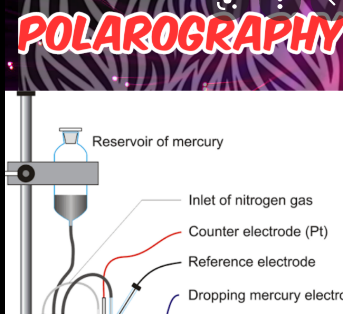
Invention of polarography by Jaroslav Heyrovský
From Wikipedia
Jaroslav Heyrovský (Czech pronunciation: [ˈjaroslav ˈɦɛjrofskiː] (December 20, 1890 – March 27, 1967) was a Czech chemist and inventor. Heyrovský was the inventor of the polarographic method, father of the electroanalytical method, and recipient of the Nobel Prize in 1959 for his discovery and development of the polarographic methods of analysis.
Jaroslav Heyrovský was born in Prague on December 20, 1890, the fifth child of Leopold Heyrovský, Professor of Roman Law at the Charles University in Prague, and his wife Clara, née Hanl von Kirchtreu.
Heyrovský's invention of the polarographic method dates from 1922 and he concentrated his whole further scientific activity on the development of this new branch of electrochemistry. He formed a school of Czech polarographers in the University, and was himself in the forefront of polarographic research. In 1950 Heyrovský was appointed Director of the newly established Polarographic Institute which has since been incorporated into the Czechoslovak Academy of Sciences since 1952.
Polarography is a type of voltammetry where the working electrode is a dropping mercury electrode (DME) or a static mercury drop electrode (SMDE), which are useful for their wide cathodic ranges and renewable surfaces. It was invented in 1922 by Czech chemist Jaroslav Heyrovský, for which he won the Nobel prize in 1959.
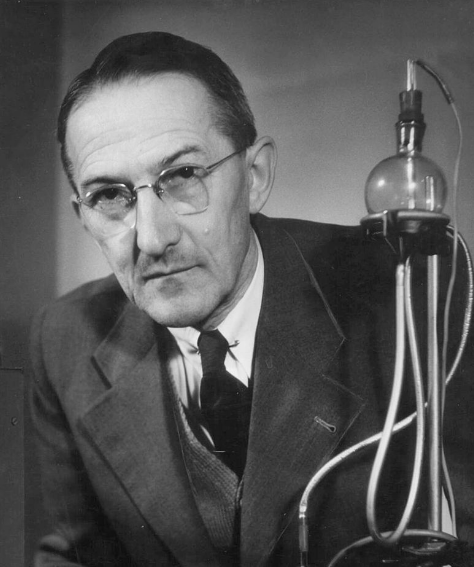
Jaroslav Heyrovský has been researching the surface tension of mercury since 1918. The method of weighing drops did not go anywhere for a long time, until he decided to measure the electric current passing through the mercury droplet electrode and the solution into which mercury drips. In the laboratory, he conducted a series of experiments and 10. February 1922 from the measured results he understood that he had made a breakthrough discovery. In 1959, he received the Nobel Prize for it, and polarography was for many years one of the most widely used analytical methods in the world.
The polarograph was just the beginning. The principle discovered by Professor Heyrovsky was followed by a number of devices that currently use other, advanced methods, including voltammetry, spectroelectrochemistry or electrochemical scanning microscopy. They help to analyze drugs and study their action in the human body, DNA damage, the presence of heavy metals and other substances derived from contaminated work or the environment.
Currently, scientists at the Institute of physical chemistry of J.Heyrovský devote to a whole range of research tasks that lead to practical inventions-from the development of new sensors, modern analytical methods, clarifying the relationship between the structure and reactivity of newly designed and synthesized substances and nanomaterials, examining the authenticity of works of art, the development of new solar cells, batteries, catalysts and nanocatalysts of a new generation through research on the possibility of or the use of photocatalysis for the disposal of impurities in the environment and in the protection of monuments.
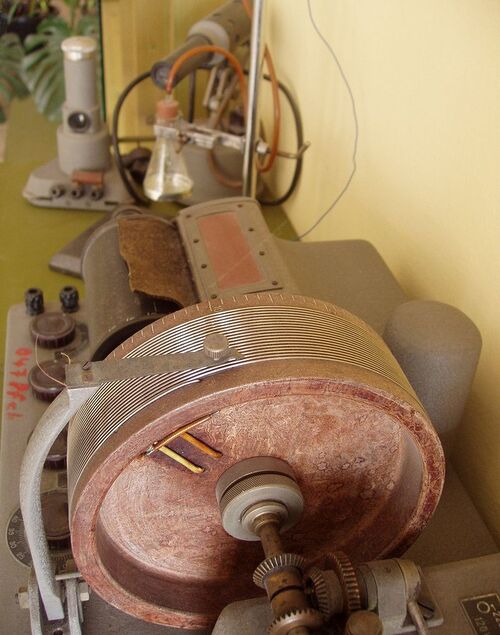 Heyrovský´s polarograph
Heyrovský´s polarograph
For decades from the birth of polarography in 1922, he was a world-renowned scientist. He might be a sought-after celebrity these days.
Heyrovsky received the Nobel Prize quite late, only after eighteen nominations.
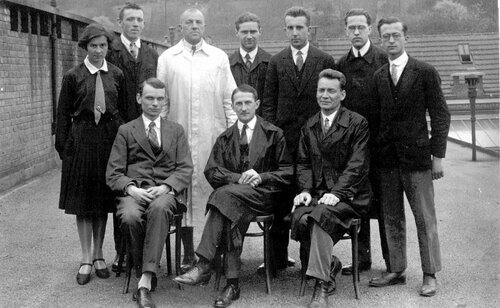
Prof. Heyrovský with his colleagues (sitting in the midlle)
For special achievements in the field of electrochemistry, the Heyrovský Medal named after him is awarded. Heyrovský was elected to the American Academy of Arts and Sciences in 1933. He was a member of the German Academy of Sciences Leopoldina from 1956. In 1955 he received an honorary doctorate from the Technische Hochschule Dresden.
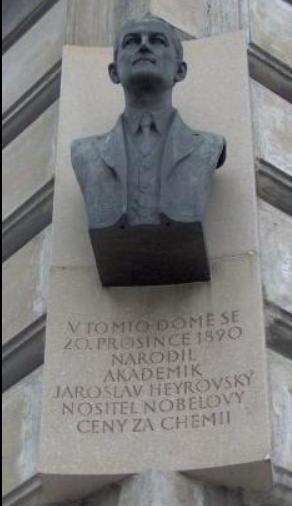 House in Old Town of capital Praha where Heyrovský was born
House in Old Town of capital Praha where Heyrovský was born
Institute of physical chemistry of J. Heyrovský belonging to Academy of Science of Czech Republic planned to commemorate the 100th anniversary of polarography by meeting at the institute and giving lectures on the way that physical chemistry (and electrochemistry as part of it) has gone during the century. Unfortunately, due to the ongoing epidemic, it is not possible to hold a personal meeting.
Thanks for reading
Margaret
